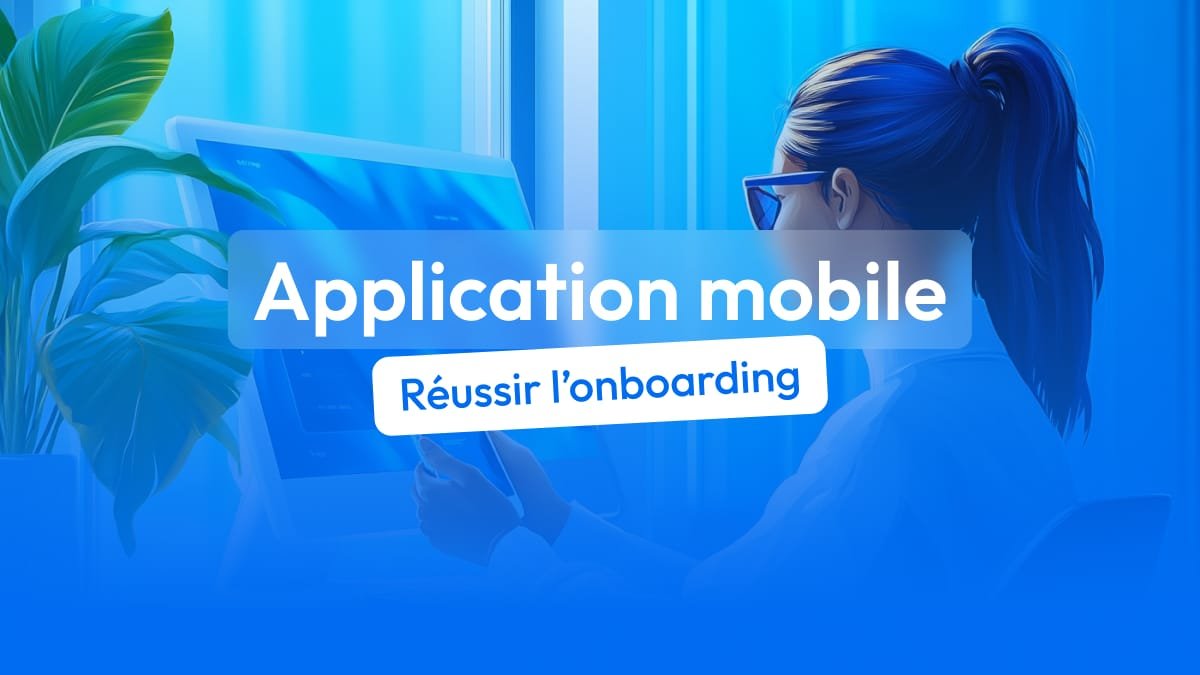Onboarding designates the phase during which a user discovers and learns to take charge of a mobile application. It's a decisive moment. In a few seconds, the user will choose to continue using your app or uninstall it.
Successful onboarding improves retention, increases engagement and gives an excellent first impression. Conversely, a poorly thought out course can scare your users from the first minutes.
We invite you to discover simple and effective techniques to improve onboarding of a mobile app and guarantee a maximum user experience.
The principles of a successful onboarding
Here are the main principles that will help you succeed in your mobile application onboarding and generate the maximum retention.
Highlight a single functionality
Do not take the risk of losing your users as soon as they arrive on your app by putting them in front of a multitude of possibilities. Favor a simple and understandable interface (especially on the home screen).
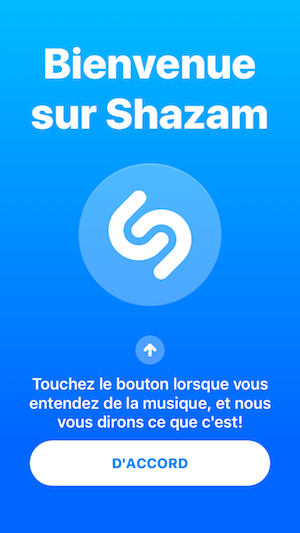

Focus on the flagship functionality of the application, like Shazam:
Here, a new user can in no way be wrong: just press the button (well recognizable) to recognize a musical title (the primary function of Shazam).
As for secondary features (display of words, etc.), they only intervene later and therefore do not disturb onboarding.
Create a personalized experience
The mobile users like to live experiences that correspond to their tastes and their centers of interest. A good approach to onboarding is therefore to offer personalized content to the user.
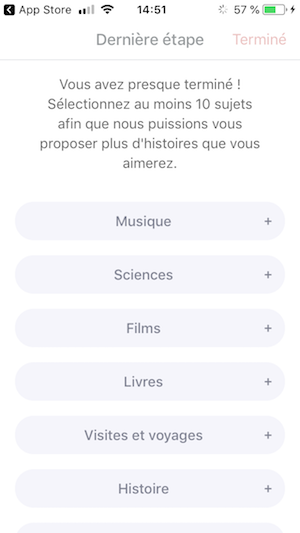

For example, the quora application requests, at the time of registration, to choose at least 10 subjects:
The user's “news” will be immediately adapted to their preferences, improving their experience thanks to relevant content.
Reduce friction to the entrance
The endless forms are the number 1 enemy of the mobile onboarding. To avoid abandonment, two solutions:
Propose a test without registration : Do like the onboarding of the Babbel application. The app allows you to test a lesson in one click. The user becomes familiar with the mobile app before creating their account.
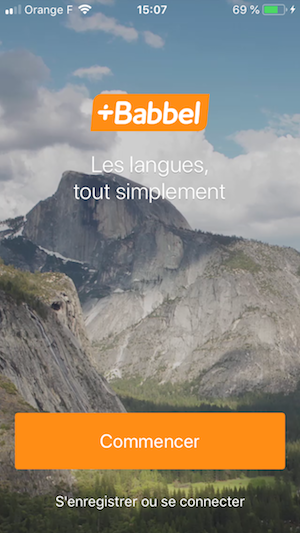

The less obstacles, the more your users will get involved, even if the heart of your application is paying.
The registration was only imposed later on the user, once he has already taken control and he got used to it.
SIMPLIFY the registration of the mobile user
When a user downloads a mobile application, he quickly wants to be able to use it. Long registration can make it stop the onboarding process. Avoid email verification processes or registration forms in the Plugal.
SIMPLIFY the registration : If the step is essential, limit it to a single screen with the essential information. Offer quick connections via Google, Apple or Facebook. Example: Molotov.
Failing to be able to bypass (or delay) the registration step, make sure to make it the fastest and simplest possible.
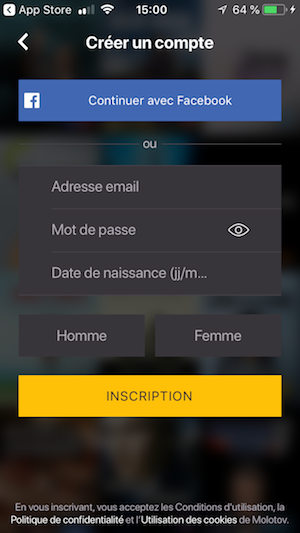

For the creation of an account, limit the requested information (the registration form should hold on a single screen), as Molotov does:
You will reduce your chances of discouraging newcomers, who have no desire to fill out an endless form to be able to use the application.
Treat the design and fluidity of experience
Good onboarding is not limited to content: ergonomics and design are just as important.
- Clear and minimalist screens.
- Micro-interactions to guide the user.
- Your friendly and reassuring.
These details strengthen fluidity and give a professional image of your application. If you do not have internal skills, work with a Freelance specialized in UX/UI Mobile can make all the difference.
Onboarding is a strategic step
There are a multitude of approaches to Onboarding for a mobile application. These examples are only basic principles to ensure that this step takes place at best. But the essential lies in these principles:
- Clarify your promise.
- Offer personalization.
- Reduce friction at the entrance.
- Take care of design and fluidity.
By simplifying your home screen as much as possible and bypassing the too long registration forms (not to mention a dose of personalization), you will be able to make a positive first impression and to seduce your new users.
Set up an onboarding funnel
Design the onboarding of your mobile app is good. But measuring the behavior of user is essential to adjust. Without data, you correct blind: the analysis shows you where and why users won, to prioritize optimizations with high impact.
Example of funnel of onboarding
- Opening of the app (Start session)
- Home / Landing screen
- Tutorial start / free trial
- Permission screen (notifications, location, microphone)
- Registration started (Form Open)
- Registration completed (Sign UP)
- First key action carried out (eg recognition, sending, publication) = activation
- Completed onboarding
Thanks to a tunnel where each step is tracked, you can easily identify where the user wins and improve this part.
Events & kpis to instrument
Here is the list of events and KPIs to set up and follow systematically.
- Events:
app_open,,screen_view:,,onboarding_step_start,,onboarding_step_complete,,signup_start,,signup_complete,,permission_requested,,permission_granted,,first_core_action.
- KPIS: Step conversion rate (funnel conversion), abandonment rate by step (Drop-off-rate), average time, activation rate (USERS who Complete First Core Action), retention of D1/D7/D30, cohort by acquisition source.
To set up event monitoring in your application, a Freelance mobile developer (iOS or Android) can accompany you.
Read also: Website: How to hold your users with successful onboarding?
You see it, onboarding in a mobile application is not something that improvises.
It has a direct impact on the registration rate, the engagement rate and the retention rate of your app. The most important thing is to set up specific follow -up in order to find out at what step the mobile user leaves the onboarding process.
Find a freelance On Codeur.com to help you improve the UX of your app or to tracker more finely interactions with your application!
